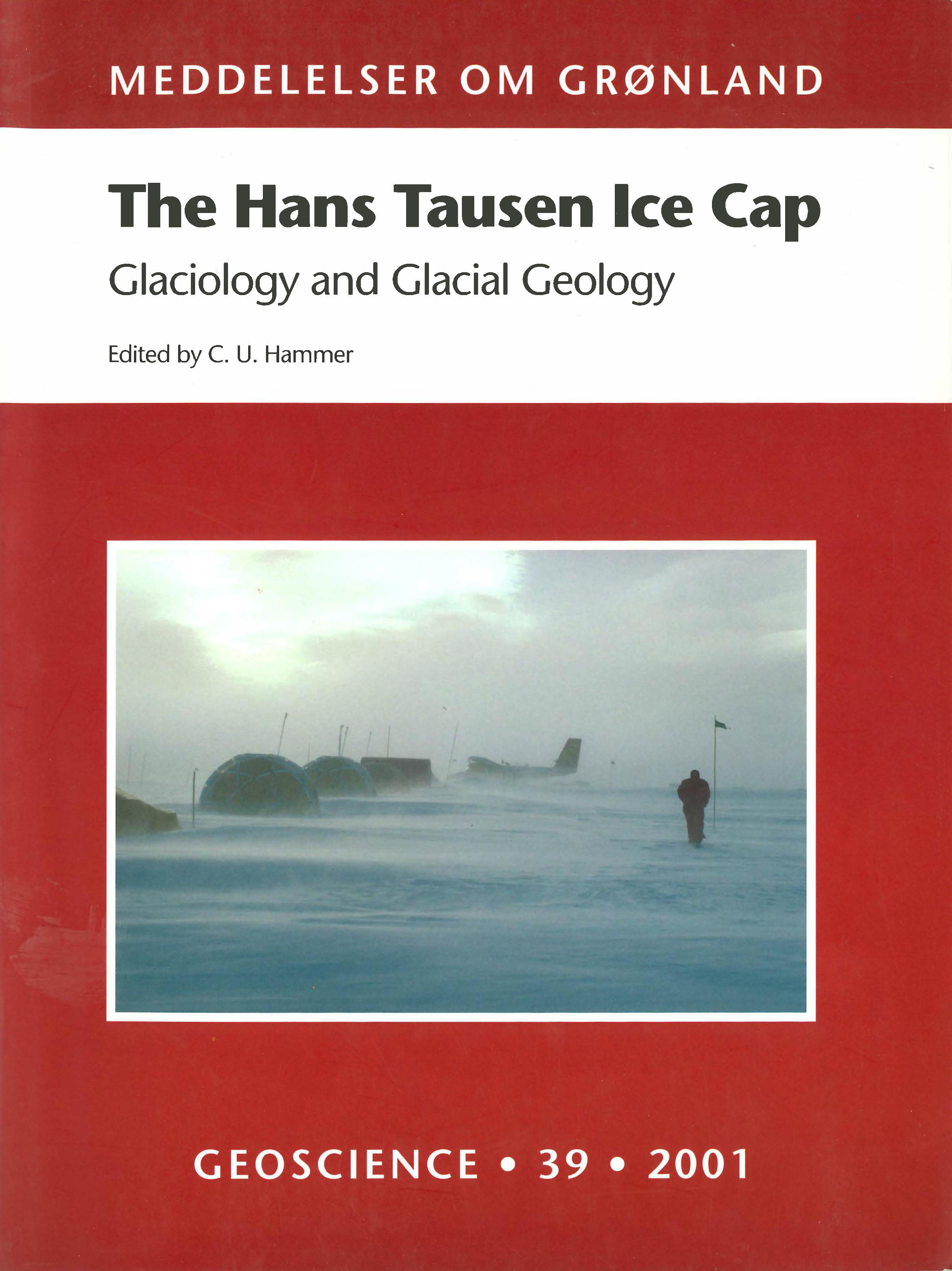Locating the Hans Tausen drill site
DOI:
https://doi.org/10.7146/moggeosci.v39i.140216Abstract
The Hans Tausen drill site was requested to be on a local dome, as high as possible, with a simple flow pattern and with an undisturbed flow pattern even close to bedrock.
The first mapping of the surface elevation was performed as part of a general mapping of the elevation and gravity over Greenland. Later, NASA performed a few overflights of the ice cap. Combining the passes, it was possible to get the main features: A mountainous northern part with complicated ice flow, and two more flat southern domes. The eastern dome was higher, and thus more interesting.
In 1993, a detailed airborne measurement of the surface elevation and ice thickness was performed. Based on this, the south eastern dome was selected as the best drill site. In 1994, the position of the dome, and additional ice thickness measurements were performed from the surface. This located the exact position of the dome, and allowed staging of drilling material the same year. Finally in 1995, additional measurements of surface elevations over the northern mountains and selected parts of the southeast Dome completed the surface mapping.
The measurement showed that the bedrock was very complicated with a south-north ravine separating the two southern domes. Below the southeast dome however the bedrock was relatively flat with an ice thickness of 345 metres and bedrock changes less than 25 metres. This dome was consequently selected as the site for the drilling to bedrock in 1995.
Downloads
Published
How to Cite
Issue
Section
License
Coypyright by the authors and the Commision for Scientific Research in Greenland / Danish Polar Center. No parts of the publications may be reproduced in any form without the written permission by the copyright owners.


